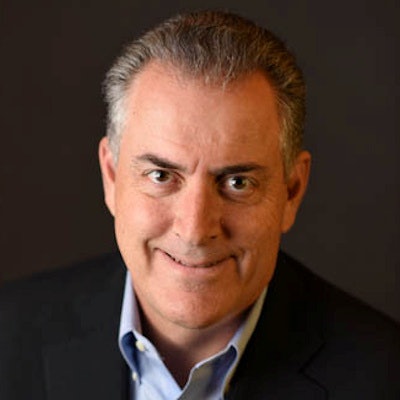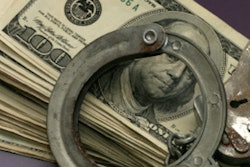
Most dentists don't get up in the morning intending to commit billing fraud or perform unnecessary procedures on unsuspecting patients. But those who do -- as well as those who simply don't run a tight ship -- compromise the reputation of the rest.
For officials who administer Medicaid programs, the key to sorting the good apples from the bad lies is to take a close look at practices' compliance programs. There are plenty of ways for unscrupulous individuals and organizations to extract more than their fair share of Medicaid dollars. Billing for unrendered services, upcoding, unbundling service charges, diagnosing incorrect treatment, and others all offer quick routes to potentially easy money.
Unfortunately, the people on government assistance programs, and the taxpayers who support them, are the ones who suffer when fraudsters decide to skirt the law. Fortunately, when a robust audit and compliance program is part of the picture, the incidence of questionable practices, whether intentional or inadvertent, greatly declines.
Fundamental elements
 Andrew Oreffice is senior vice president of compliance and government relations at Benevis Practice Services.
Andrew Oreffice is senior vice president of compliance and government relations at Benevis Practice Services.One way to stay ahead of the curve is to create and manage extensive compliance and audit programs, which are still rare among many private dental practices that accept Medicaid patients. These comprehensive compliance programs help practices affiliated with dental service organizations (DSOs) stay ahead of the curve and proactively anticipate issues before they become problems.
For example, national children's dental provider Kool Smiles, has 11 clinical audit categories that include exhaustive reviews on everything from overall care and determinations of medical necessity to reviews of specialty procedures.
Meanwhile, through quarterly billing audits, the organization's clinical leaders review thousands of charts with a wide variety of payors. If errors are found, the root cause is promptly identified, any fees are repaid, and employees are retrained as needed.
In short, the rigor of these audit and compliance programs position dental practices to do things right.
5 best practices
Evidence of a successful compliance and audit program is in the numbers. Dental practices, payors, and policymakers should examine the following metrics and best practices to gauge the success of a compliance program:
1. Repayment rates
Dental service organization Kool Smiles' repayment rate on 10-year external (state and payor) audit history is less than 1%, based on all the audit results from payors and states where the organization's dental offices are located. That percentage is derived from the repayment from the audit divided by the payments that were subject to the audit.
“Medicaid program integrity requires that participating providers do the right thing”
2. Number and scope of internal audits
The same organization conducts more than 1,000 internal clinical audits per year, utilizing eight outside dental experts, and the internal audits mirror a similar repayment rate. The compliance department gathers metrics monthly and rolls data into annual reviews. It is important to note that in the past six years external auditors have reviewed well over 27,000 dental charts from that organization.
3. A culture of compliance
Dental leaders should create a culture in which all organization members understand the importance of compliance and participate in regular compliance activities.
4. Using data to identify and prevent potential problems before they occur
For example, many categories of these clinical audits use data analytics to produce focused audit samples in which potential issues are more likely to be found.
5. Prompt disclosure and response
No practice is perfect -- so when overpayments are identified, it is important that they are promptly addressed. Repayments should be made and disclosed in a timely fashion, and clinical leadership should follow up with corrective action as required.
Medicaid program integrity requires that participating providers do the right thing. Medicaid administrators should look closely at whether participating dental providers have internal auditing compliance programs in place, the rigor with which these programs are enforced, and how successful they are in identifying, correcting, and preventing errors.
Creating and enforcing high standards and accountability in Medicaid dental care benefit both dental care consumers and states' bottom lines. When patient health and taxpayer funds are on the line, we can't afford to be neglectful.
Andrew Oreffice is senior vice president of compliance and government relations at Benevis Practice Services.
The comments and observations expressed herein do not necessarily reflect the opinions of DrBicuspid.com, nor should they be construed as an endorsement or admonishment of any particular idea, vendor, or organization.



















